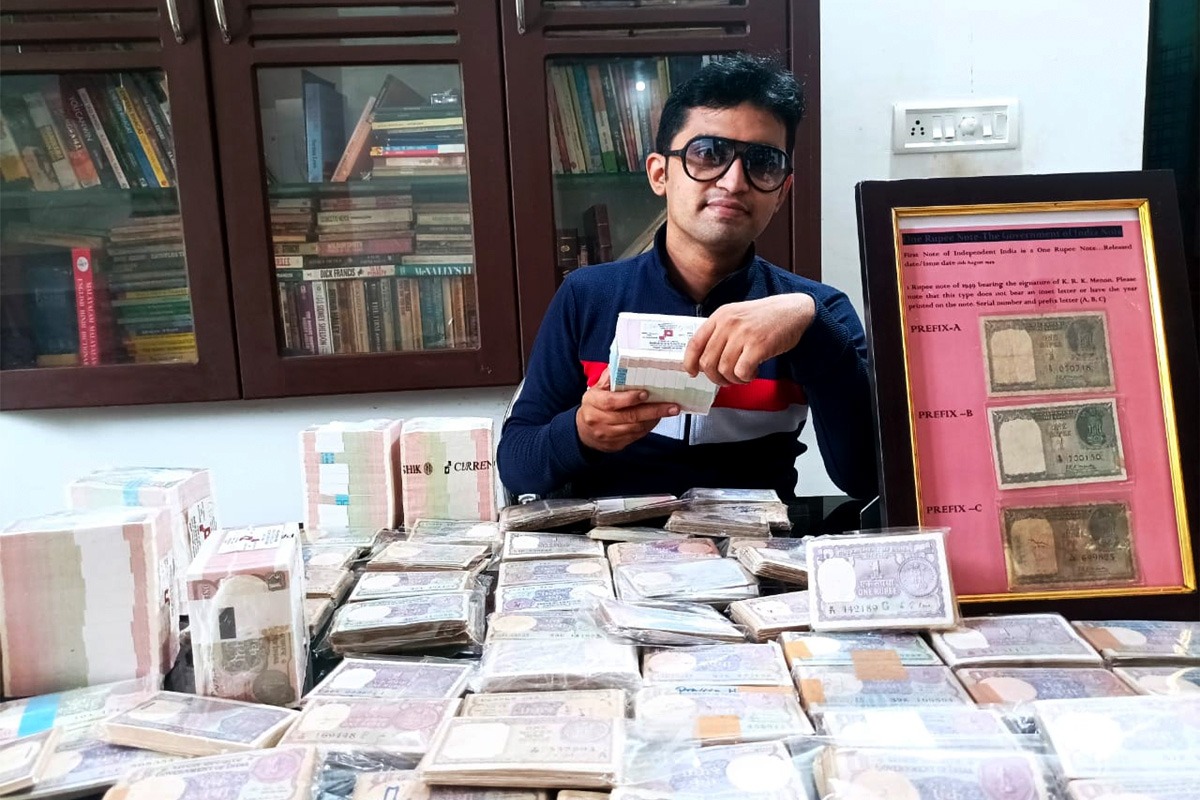ALAPPUZHA: A millennial notaphilist in his late 30s has turned a unique hobby of collecting one rupee notes, which were launched 72 years ago on August 12, into a shining example of dedication.
Arvind Kumar Pai’s journey began with collecting stamps at the age of 4 and led him to also gather one rupee notes, bearing the distinctive signature of the finance secretary, unlike other notes signed by the RBI governor.
Arvind’s collection journey gained momentum in 2007 when he realized the significant number of one rupee notes he had amassed. What started as a simple pastime evolved into a relentless pursuit to compile a comprehensive collection.
From the first one rupee note released in 1949, bearing the signature of financial secretary KRK Menon, to the last issued in 2020, Arvind’s collection tells the tale of India’s currency history.
Beyond sheer quantity, Arvind’s collection stands out with over 2000 notes bearing serial numbers corresponding to dates of historical events, sports milestones, scientific advancements, and business achievements spanning the past 75 years. Aptly named “One and One Only,” his collection holds not just notes, but stories of India’s progress.
ALSO READ: India AI, Meta partner to foster innovation in AI & Emerging Techs
Arvind’s expertise extends to intriguing details: the initial one rupee bundles were unstapled in 1949, transitioning to stapled bundles from 1950 to 1994.
He highlights the unique value of one rupee notes, printed in limited quantities unlike higher denomination notes. “While people often focus on price tags, these notes hold historical and intrinsic value,” he points out and underscores the changing costs of printing one rupee notes over time, shedding light on the evolving economic landscape.
Arvind’s dedication to preserving these tangible pieces of history echoes the importance of cherishing our past as we stride into the future.

